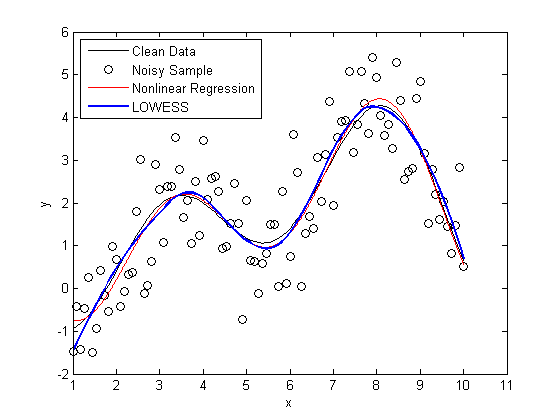
View enhancements and bug fixes in release notes. See the hardware support package system requirements table for current and prior version, release, and platform availability. Learn about the pricing and licensing options for buying Communications Toolbox and its required products. Wireless engineers, students, and hobbyists can receive and decode real-world radio signals using Communications Toolbox and ADALM-PLUTO radio hardware. To purchase the ADALM-PLUTO, visit the Analog Devices web site.ĭownload course materials for an Introductory Communication Systems Course using SDR. This support package reconfigures the radio to operate over a wider tuning range. *The AD9363 RF in the Pluto SDR is specified to operate from 325MHz to 3.8GHz.
Matlab r2013a and b difference full version#
%SGOLAYFILT Savitzky-Golay differentiation filtersĪ full version of this function with input validation is available on my GitHub.Communications Toolbox™ Support Package for Analog Devices ® ADALM-PLUTO Radio (PlutoSDR) enables you to use MATLAB ® and Simulink ® to prototype, verify, and test practical wireless systems. This function is also faster (by about 2–4 times): function G=sgolayfilt(k,f)

Like you, I only needed the second output, the differentiation filters, G, so that's all it calculates. There are also alternatives to Savitzky-Golay, e.g., this paper based on regularization, but you may need to implement them yourself in Matlab.īy the way, a while back I wrote a little replacement for sgolay. However, there has also been some very recent research on choosing the coefficients automatically: On the Selection of Optimum Savitzky-Golay Filters (2013). So yes, many suggest that you use your eyes to tune these parameters. Often this means a third-order polynomial ( K = 3) and a window size, F, as small as possible. In practice, I try to use as little smoothing as possible in order to produce derivatives that aren't too noisy. My database has 165 spectra with 2884 variables and I would like to take the first and second derivatives of them.

Such a tool with known exact answers may be helpful if you can approximate aspects of your real data. I have a question about the sgolay function in Matlab R2013a. Then play with different amounts of input noise and smoothing filters.
Matlab r2013a and b difference code#
In your demo code you should also plot the analytical derivatives of the sin function. Same thing if you over-fit the data by using high order polynomial coefficients, K. If you use too much smoothing, you'll smear your data or produce aliasing. Much depends on the nature of the data (sampling rate, noise ratio, etc.). In terms of your application, I don't have any concrete answers. Other special methods exist for data with a certain structure. It's a general method and it computes derivatives to an arbitrary order. Savitzky-Golay is a very useful way of combining smoothing and differentiation into one operation. Thus, if you already have some noise in your data, indeed, it will be magnified as you take higher order derivatives. Taking derivatives in an inherently noisy process. Legend('Diff-generated 2nd-derivative', 'S-G Smoothed 2nd-derivative') Legend('Diff-generated 1st-derivative', 'S-G Smoothed 1st-derivative') Legend('Noisy Sinusoid','S-G Smoothed sinusoid')

SG1 = SG1/dx % Turn differential into derivative Y = 5*sin(0.4*pi*x)+randn(size(x)) % Sinusoid with noise = sgolay(K,F) % Calculate S-G coefficients Notice how using diff amplifies the noise and generates useless results. Sgolay is used to smooth a noisy sinusoid and compare the resulting first and second derivatives to the first and second derivatives computed using diff.

How might I define the inputs K and F to sgolay? I have a question about the sgolay function in Matlab R2013a.


 0 kommentar(er)
0 kommentar(er)
